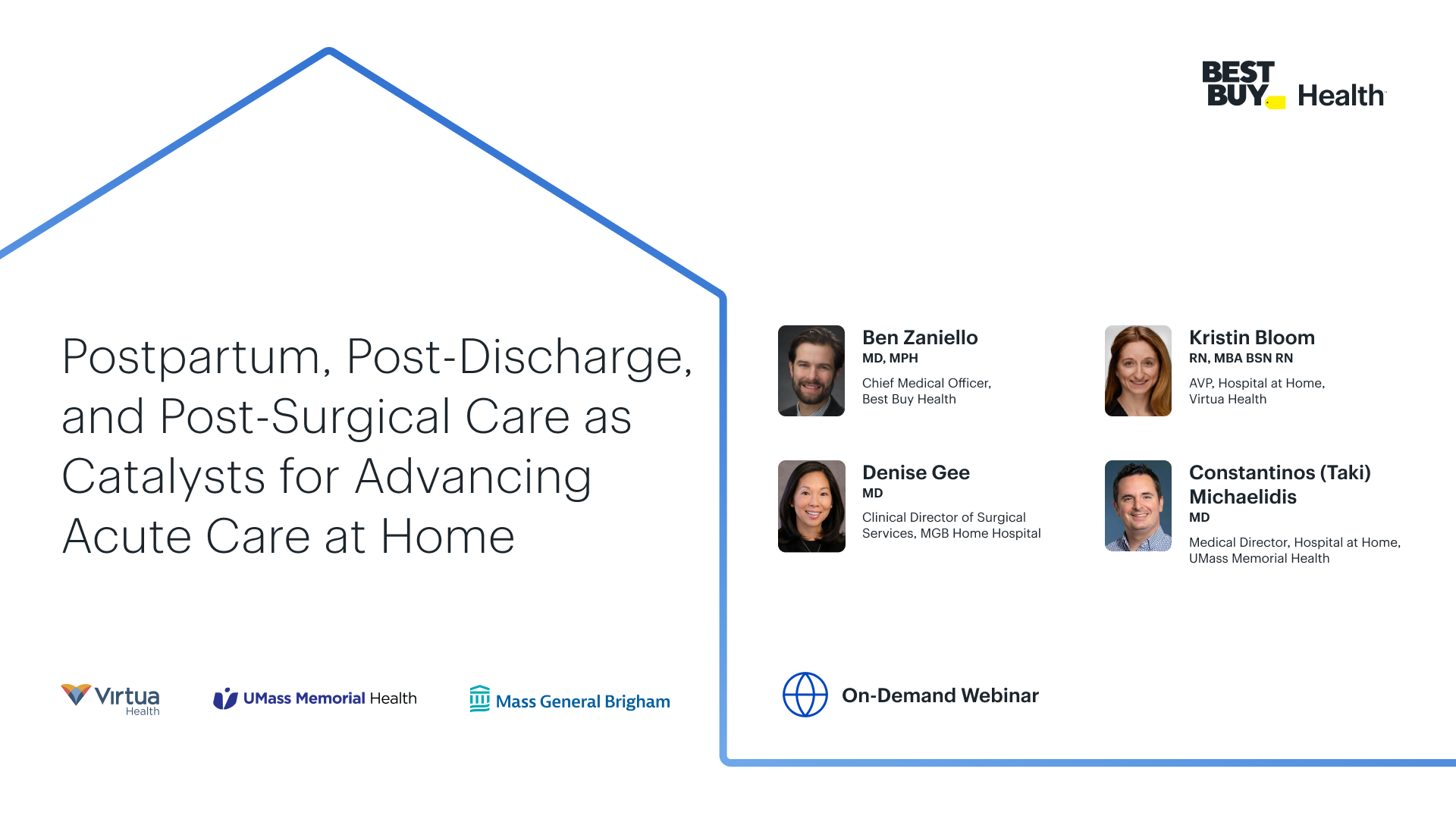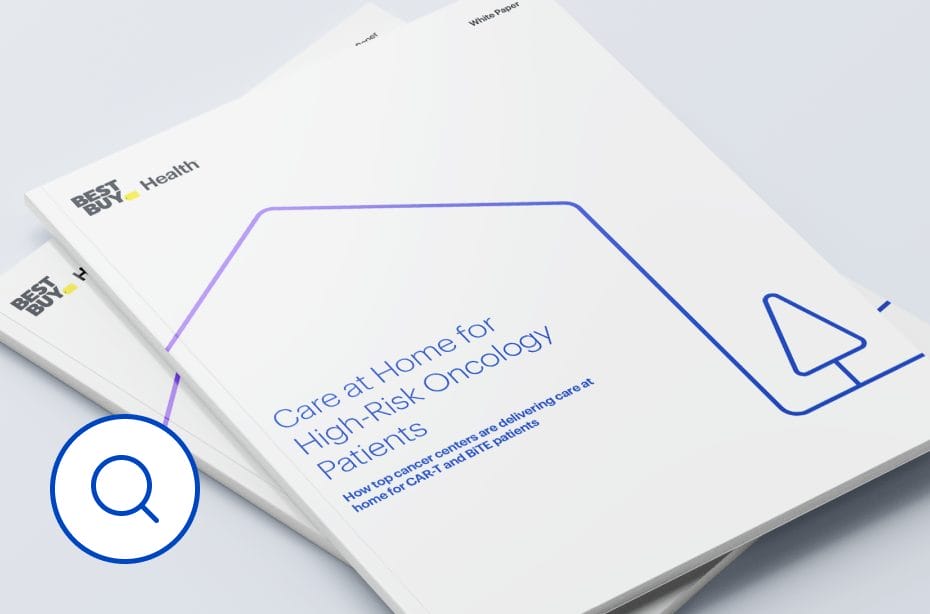How to Evolve Remote Care Into a Permanent Care Delivery Model
What does it take to realize lasting benefits from the virtual care models initiated during the pandemic? Many health systems jumped into home-based care for both COVID-19 and chronic disease patient populations during the pandemic, and saw widespread success. Remote care prevented unnecessary hospitalization, while still delivering in-depth insights and empowering care coordination.
But now, clinical technology teams are wondering how pandemic-initiated remote models can evolve to deliver value across broader patient populations.
In this webinar, a session from the 2021 NHS Confed Conference, Current Health CEO Chris McCann talks with James Bird, CNIO of Imperial College Healthcare NHS Trust, about how the team at Imperial has adapted their remote care plan through three phases. As they look towards the future, Bird shares what critical aspects of the foundation are enabling Imperial to scale.
Before the pandemic, Imperial partnered with Current Health initially to deploy remote patient monitoring for bariatric surgery patients. As the pandemic surged, however, their priority became high-risk frailty patients living in care homes. Through hospital-level insights and continual risk stratification, they saved 144 bed days and drove 92% patient adherence to RPM. Learn more about Imperial in the case study.
In more recent months, they’ve added multiple care pathways to their Current Health platform, including pre-eclampsia risk, renal transplant, aortic valve replacement, and acute medicine. They are currently planning to further expand with stroke patients.
Scaling Remote Monitoring and Virtual Care
While remote monitoring is only one component of a virtual care program, it may also be the linchpin. Whether the patient needs ICU-level continuous monitoring or only spot measurements once or twice a day, scaling virtual care depends on a flexible monitoring platform. James Bird shares a few elements of their program that have led to long-term adoption and success:
- Guard against data silos. Ensuring primary care and specialty care teams were looking at the same patient data through EHR integration was critical to care coordination.
- Define patient cohorts as much as possible to set goals, analyze success, and evolve protocols.
- Remote monitoring and care “can’t just be something else to add on; it must transform the patient’s journey throughout the healthcare system.”


